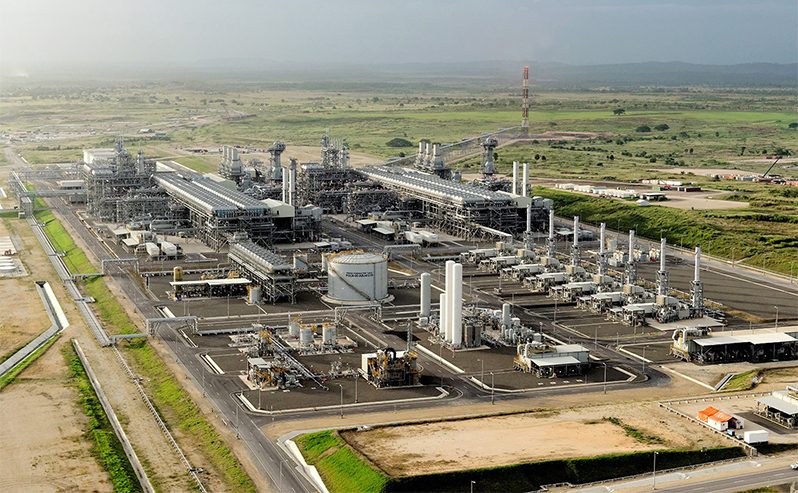What are the top industries in PNG?

Papua New Guinea (PNG) is rich in natural resources and has a diverse economic landscape. The country relies on several key industries that drive its economy and provide employment opportunities for its citizens. Here’s an overview of the top industries in PNG, including some facts, statistics, and insights into their current status and impact on the country’s development.
1. Mining and Extractive Industries
Overview
Mining is the backbone of PNG’s economy, contributing significantly to the country’s GDP and export revenues. PNG is endowed with vast mineral wealth, including gold, copper, silver, nickel, and cobalt.
Key Facts and Statistics
- Gold Production: PNG is one of the world’s top gold producers, with mines like Lihir, Porgera, and Ok Tedi being among the most significant. In 2023, PNG produced approximately 2.1 million ounces of gold.
- Copper: PNG also has substantial copper deposits, with the Ok Tedi Mine and Frieda River Project being major contributors.
- Oil and Gas: The Liquefied Natural Gas (LNG) Project, led by ExxonMobil, has been a game-changer for the PNG economy. The project is expected to contribute around $67 billion over its 30-year lifespan.
Impact
The mining sector accounts for about 30% of GDP and over 60% of exports. However, it faces challenges like environmental concerns, community conflicts, and fluctuating commodity prices. Efforts are being made to ensure sustainable and inclusive growth in this sector.
2. Agriculture and Forestry
Overview
Agriculture is a critical sector in PNG, providing livelihoods for around 85% of the population. The country’s diverse climate and fertile land support a variety of crops, while the vast forest resources contribute to the forestry industry.
Key Facts and Statistics
- Cocoa and Coffee: PNG is a significant producer of cocoa and coffee. The cocoa industry produced over 36,000 metric tons in 2023, while coffee exports exceeded 800,000 bags.
- Palm Oil: As one of the leading producers of palm oil in the Pacific, PNG exported around 580,000 tons of palm oil in 2023.
- Forestry: The forestry industry contributes significantly to exports, with logs and timber being the main products. In 2023, the export value of forestry products was approximately $400 million.
Impact
Agriculture contributes around 20% of GDP and is vital for food security and rural development. However, issues like land tenure disputes, inadequate infrastructure, and climate change pose significant challenges.
3. Fishing and Marine Resources
Overview
PNG’s vast coastline and rich marine biodiversity make fishing a vital industry. The country’s Exclusive Economic Zone (EEZ) is one of the largest in the world, offering abundant marine resources.
Key Facts and Statistics
- Tuna Fishing: PNG is a major player in the global tuna market. The country catches over 700,000 tons of tuna annually, contributing significantly to the Pacific’s tuna supply.
- Aquaculture: The development of aquaculture, particularly prawn and tilapia farming, is gaining traction, with a focus on sustainable practices.
Impact
Fishing contributes around 5% of GDP and provides jobs for thousands of people. Sustainable management of marine resources is crucial to maintain this sector’s long-term viability.
4. Energy and Utilities
Overview
The energy sector in PNG is undergoing transformation, with significant investments in both traditional and renewable energy sources.
Key Facts and Statistics
- Liquefied Natural Gas (LNG): PNG LNG is a cornerstone of the country’s energy industry. The project involves major players like ExxonMobil and Oil Search, producing millions of tons of LNG annually.
- Hydropower: PNG has immense potential for hydropower, with projects like the Ramu 2 Hydro Project aiming to boost electricity supply.
- Renewable Energy: Efforts are being made to explore solar, wind, and geothermal energy to provide sustainable power solutions, especially in rural areas.
Impact
The energy sector is vital for economic growth and development, contributing significantly to export revenues. The focus on renewable energy aims to improve access to electricity and reduce environmental impact.
5. Tourism
Overview
PNG’s stunning landscapes, rich cultural heritage, and biodiversity offer immense tourism potential. From diving in the Coral Triangle to exploring the Highlands, PNG is a unique destination.
Key Facts and Statistics
- Visitor Numbers: In 2023, PNG welcomed around 180,000 international tourists, a number that has been steadily growing despite challenges.
- Tourism Revenue: The tourism sector contributes approximately 2.5% of GDP, with a focus on eco-tourism and cultural experiences.
Impact
Tourism is a growing industry with the potential to provide employment and drive sustainable development. However, infrastructure development, safety, and marketing efforts are essential to unlock its full potential.
6. Manufacturing and Processing
Overview
While not as dominant as other sectors, manufacturing is gradually growing in PNG. It includes food processing, beverages, textiles, and building materials.
Key Facts and Statistics
- Food and Beverages: Companies like SP Brewery and Paradise Foods are significant players in the food and beverage sector, contributing to local production and employment.
- Building Materials: The construction industry drives demand for locally manufactured building materials, supporting domestic manufacturing.
Impact
Manufacturing contributes around 9% of GDP and is vital for economic diversification. Encouraging local production and reducing reliance on imports are key goals for PNG’s manufacturing sector.
Conclusion
Papua New Guinea’s economy is diverse, with several key industries driving growth and development. Mining, agriculture, fishing, energy, tourism, and manufacturing play crucial roles in shaping the country’s economic landscape. While challenges like corruption, infrastructure deficits, and environmental concerns persist, PNG has immense potential for sustainable growth. By addressing these issues and leveraging its natural resources wisely, PNG can continue to thrive and provide better opportunities for its people.